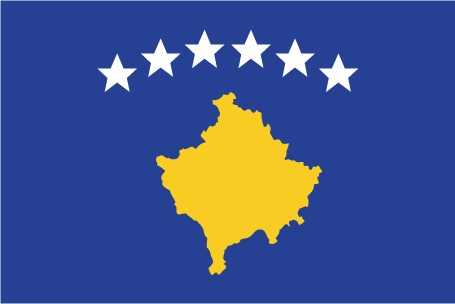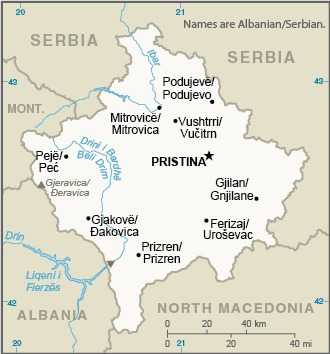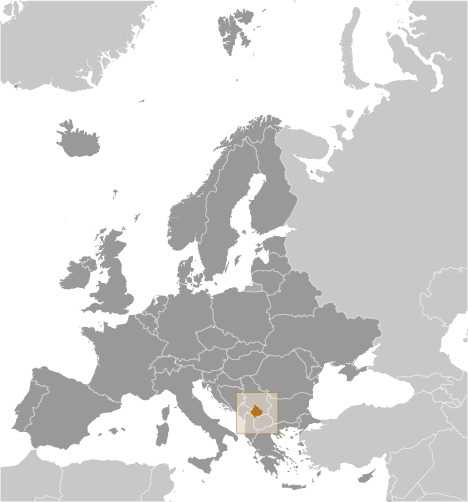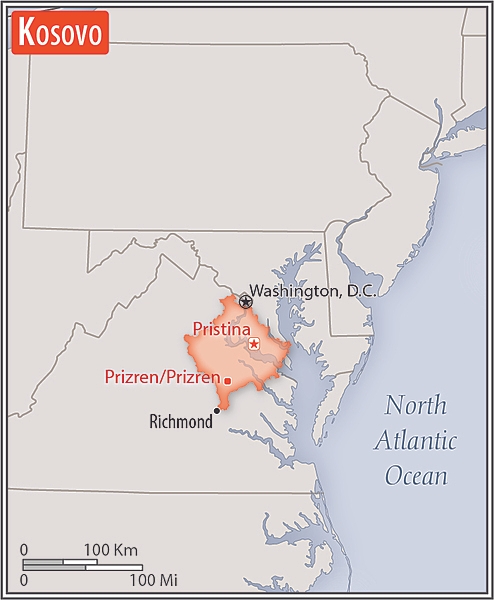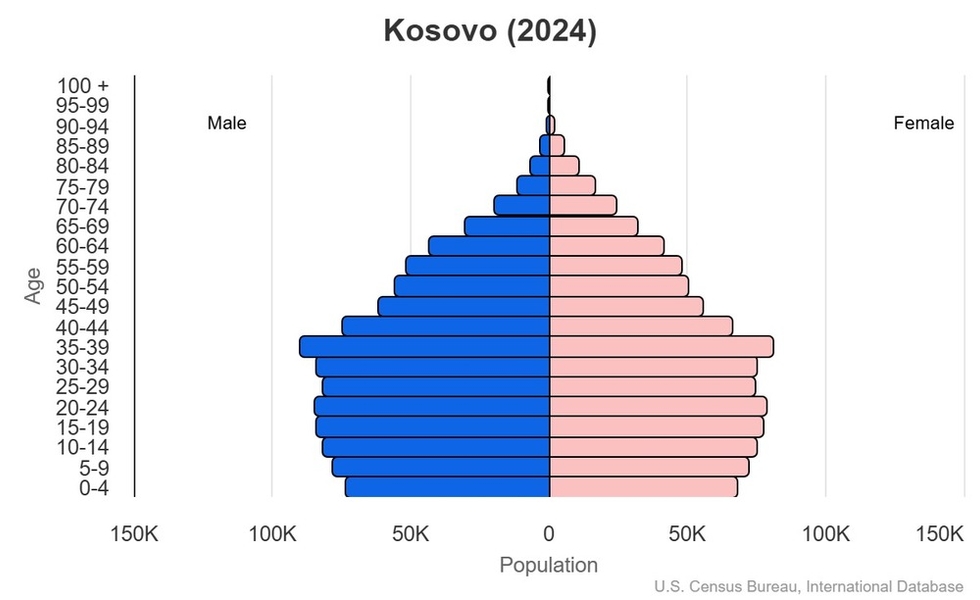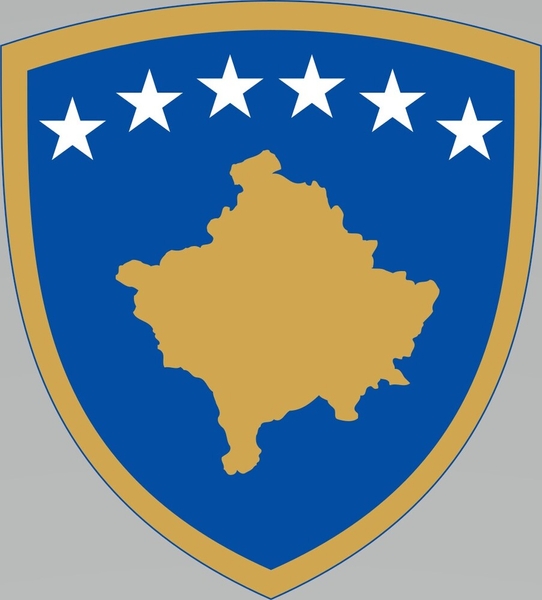Introduction
Visit the Definitions and Notes page to view a description of each topic.
Geography
People and Society
Population
comparison rankings: total 152; male 152; female 152
Median age
comparison ranking: total 119
Population growth rate
comparison ranking: 130
Birth rate
comparison ranking: 117
Death rate
comparison ranking: 112
Net migration rate
comparison ranking: 119
Infant mortality rate
comparison ranking: total 66
Life expectancy at birth
comparison ranking: total population 153
Total fertility rate
comparison ranking: 129
Environment
Carbon dioxide emissions
comparison ranking: total emissions 120
Government
Economy
Real GDP (purchasing power parity)
comparison ranking: 153
Real GDP growth rate
comparison ranking: 57
Real GDP per capita
comparison ranking: 117
Inflation rate (consumer prices)
comparison ranking: 37
GDP - composition, by sector of origin
comparison rankings: agriculture 93; industry 76; services 170
Industrial production growth rate
comparison ranking: 61
Labor force
comparison ranking: 159
Gini Index coefficient - distribution of family income
comparison ranking: 11
Current account balance
comparison ranking: 121
Reserves of foreign exchange and gold
comparison ranking: 140
Debt - external
comparison ranking: 110
Energy
Electricity
comparison rankings: installed generating capacity 126; consumption 121; exports 52; imports 56; transmission/distribution losses 92
Energy consumption per capita
comparison ranking: 93
Communications
Telephones - fixed lines
comparison ranking: total subscriptions 102
Telephones - mobile cellular
comparison ranking: total subscriptions 155
